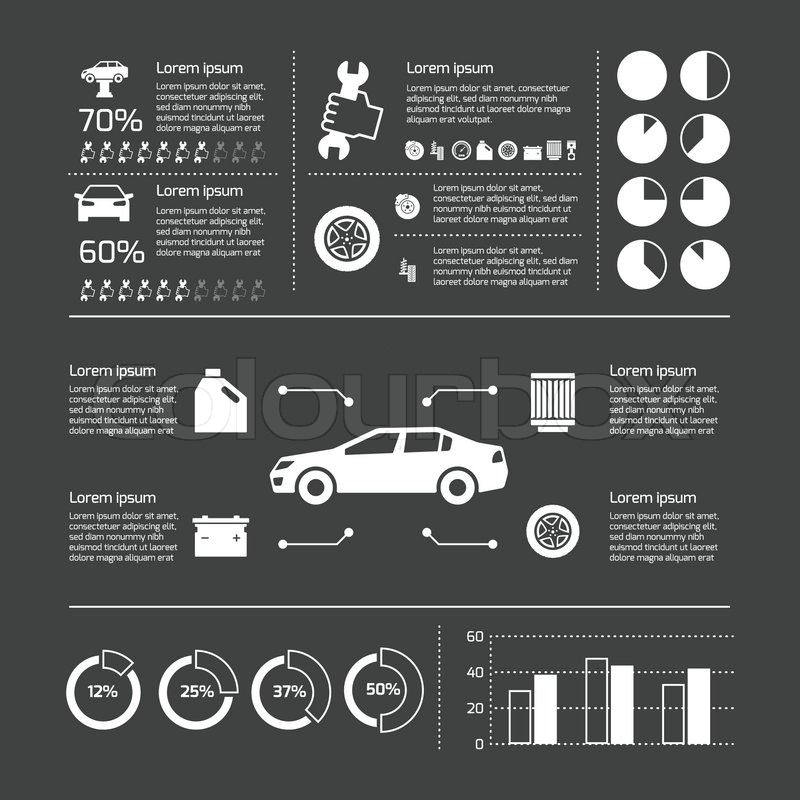Analyzing Your Automobile'S Warning Indicators: What They Truly Communicate
Analyzing Your Automobile'S Warning Indicators: What They Truly Communicate
Blog Article
Created By-Lim Dalgaard
When you lag the wheel, those radiant caution lights on your control panel can be a little bit bewildering. Do you understand what they're attempting to inform you regarding your car's health? Recognizing the significance of these lights is essential for your safety and the long life of your vehicle. So, the next time among those lights turns up, wouldn't you want to understand its message properly and take the needed actions to resolve it?
Common Caution Lighting and Interpretations
Identify usual caution lights in your automobile and understand their meanings to guarantee risk-free driving.
The most regular caution lights consist of the check engine light, which signals concerns with the engine or exhausts system. If this light begins, it's critical to have your automobile inspected promptly.
The oil pressure advising light suggests low oil stress, requiring immediate interest to stop engine damage.
A blinking battery light may suggest a defective billing system, potentially leaving you stranded if not resolved.
The tire pressure monitoring system (TPMS) light alerts you to reduced tire pressure, affecting lorry stability and gas performance. Ignoring this could bring about unsafe driving problems.
The ABS light indicates an issue with the anti-lock stopping system, endangering your capacity to quit swiftly in emergency situations.
Lastly, the coolant temperature level cautioning light warns of engine getting too hot, which can result in serious damage if not solved promptly.
Recognizing these typical warning lights will help you deal with issues immediately and maintain secure driving conditions.
Relevance of Prompt Focus
Understanding the usual warning lights in your car is only the first step; the significance of without delay resolving these cautions can't be highlighted sufficient to guarantee your safety on the road.
When auto clean brightens on your dashboard, it's your automobile's method of communicating a prospective problem that needs focus. Disregarding these cautions can lead to more serious problems in the future, jeopardizing your safety and security and potentially costing you much more in repairs.
Motivate attention to cautioning lights can prevent break downs and crashes. As an example, a blinking check engine light can show a misfire that, if left unattended, could trigger damage to the catalytic converter. Addressing this without delay can save you from an expensive repair work.
Similarly, a brake system alerting light may signify reduced brake fluid or used brake pads, essential elements for your safety when driving.
Do It Yourself Troubleshooting Tips
If you observe a caution light on your dashboard, there are a few DIY repairing tips you can attempt before seeking specialist assistance.
The first step is to consult your car's guidebook to understand what the details caution light suggests. Sometimes the concern can be as straightforward as a loosened gas cap setting off the check engine light. Tightening the gas cap may resolve the trouble.
paint correction services is a reduced battery, which can trigger various alerting lights. Inspecting the battery connections for rust and ensuring they're protected might take care of the issue.
If a warning light persists, you can attempt resetting it by detaching the automobile's battery for a couple of minutes and after that reconnecting it. Additionally, inspecting your vehicle's liquid levels, such as oil, coolant, and brake fluid, can aid fix alerting lights related to these systems.
Conclusion
In conclusion, recognizing your car's caution lights is necessary for keeping your automobile running smoothly and safely. By without delay attending to these alerts and knowing what they suggest, you can stay clear of costly repair work and potential break downs.
Keep in mind to consult your automobile's guidebook for particular details on each cautioning light and act appropriately to ensure a hassle-free driving experience.
Keep informed, remain safe on the road!
